Artificial intelligence is revolutionizing the world of content creation. AI writing assistants and generative models can now produce everything from blog post outlines and social media captions to entire articles in a matter of seconds. For marketers under constant pressure to produce more content faster, these tools promise a new era of unprecedented efficiency. They can help overcome writer’s block, scale content production, and free up time for more strategic tasks.
However, this new technology also brings a host of questions and concerns. What is the impact on quality? What are the ethical implications of using AI-generated content? And how can marketers use these tools responsibly without sacrificing their brand’s voice and integrity? This guide explores both the immense potential and the critical pitfalls of AI-powered content creation.
The Opportunity: Supercharging Your Content Workflow
When used correctly, AI is not a replacement for human creativity but an enhancement to it. It’s a powerful assistant that can handle the heavy lifting in the content creation process, allowing marketers to focus on higher-level strategy and refinement.
Key Use Cases for AI in Content Creation:
- Ideation and Brainstorming: Stuck for ideas? AI tools can generate hundreds of blog post titles, content angles, and keyword ideas based on a simple prompt.
- Outlining and Structuring: AI can quickly create a logical, well-structured outline for an article or whitepaper, providing a solid foundation for a human writer to build upon.
- First Draft Generation: This is the most powerful and controversial use case. AI can generate a complete first draft of an article. This draft should *never* be published as-is, but it can save a writer hours of initial research and writing time.
- Repurposing Content: AI is incredibly effective at repurposing existing content. It can take a long-form blog post and turn it into a series of tweets, a LinkedIn article, an email newsletter, and a script for a short video.
The Responsibility: An Ethical Framework for Using AI
The power of AI comes with a significant responsibility. Mindlessly generating and publishing AI content is a recipe for disaster. It can lead to generic, soulless content, factual inaccuracies, and a damaged brand reputation. To use AI effectively and ethically, marketers must adopt a “human-in-the-loop” approach.
The E-E-A-T Principle: Your Guiding Star
Google’s quality guidelines emphasize the importance of Experience, Expertise, Authoritativeness, and Trustworthiness (E-E-A-T). AI-generated content, by its nature, has no real-world experience. It cannot be an expert. Therefore, it is the marketer’s job to infuse these qualities into the content.
An Ethical AI Content Workflow:
1. Strategic Prompting: The quality of the AI’s output depends entirely on the quality of your input. Provide detailed prompts that include your target audience, desired tone of voice, key points to cover, and specific examples.
2. Fact-Checking and Verification: AI models can “hallucinate” and present false information as fact. Every single claim, statistic, and data point in an AI-generated draft must be rigorously fact-checked by a human expert.
3. Adding Original Insight and Experience: This is the most critical step. The human writer must edit, revise, and augment the AI draft, adding their own unique insights, personal anecdotes, real-world examples, and expert opinions. This is what transforms a generic draft into a valuable piece of content.
4. Ensuring Brand Voice: The final piece must be edited to ensure it aligns perfectly with your brand’s unique tone and style. It should sound like it came from you, not a machine.
5. Transparency: While not always necessary, consider being transparent about your use of AI, especially for more technical or sensitive topics. This can build trust with your audience.
Conclusion: AI as a Co-pilot, Not an Autopilot
AI-powered content creation is not a magic bullet. It is a powerful tool that, like any tool, can be used well or poorly. The marketers who succeed will be those who see AI not as a replacement for human writers, but as a co-pilot. By using AI to handle the repetitive and time-consuming parts of the content process, they can free up their human talent to focus on what machines can’t do: think critically, share real experiences, and build a genuine connection with their audience. The future of content is not human vs. machine; it’s human + machine.
📚 For more insights, check out our ultimate digital marketing resource.



